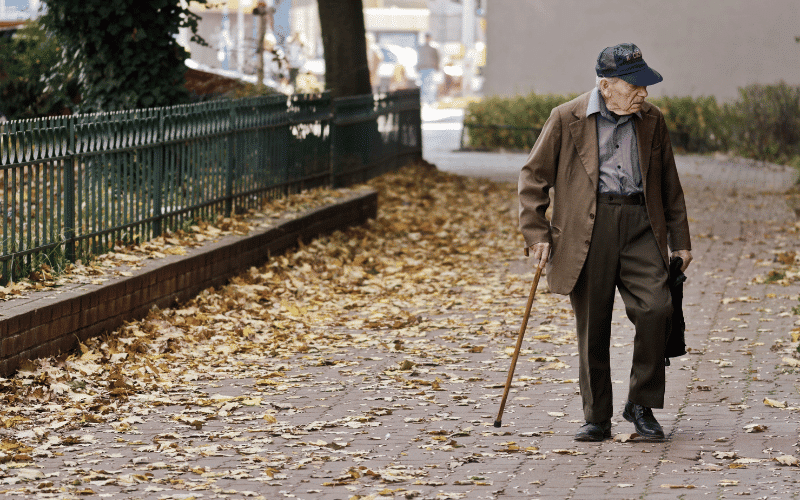Symptom 3. Bradykinesia: Slowness of Movement

Bradykinesia, in simple terms, is the phenomenon of ‘slow movement.’ It’s a fundamental feature of Parkinson’s disease that gradually creeps in, stealing the speed, fluency, and ease of movements. It casts a shadow on an array of routine tasks, making them increasingly challenging.
Imagine waking up one day to find that your body is unwilling to keep up with your mind’s pace. The legs that once sprinted effortlessly are now dragging sluggishly. The hands that painted vibrant canvases are struggling to hold a paintbrush. That’s the unfortunate reality for patients experiencing bradykinesia.
One of the early signs of bradykinesia could be a sudden decrease in the swing of one arm while walking. Gradually, this can escalate to both arms lacking the natural swing, causing the characteristic Parkinson’s gait. The walk may become a shuffle, with short, hurried steps replacing the normal stride.
The insidious progression of bradykinesia doesn’t stop at affecting locomotion. It seeps into fine motor skills as well. Routine activities like buttoning a shirt, typing on a keyboard, or stirring a cup of coffee can become time-consuming endeavors.
Even facial movements aren’t spared from the clutch of bradykinesia. Reduced blinking, lack of facial expressions, and difficulty in moving the eyes are notable manifestations. Speech and swallowing can be affected too, stripping away the effortless joy of conversation and savoring meals. (3)